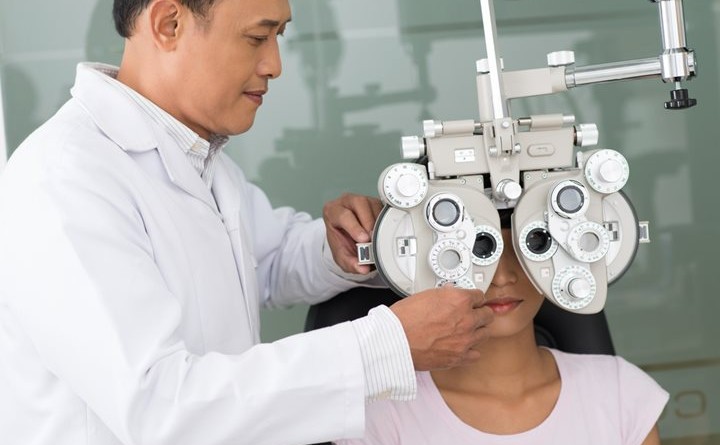Glaucoma is a family of eye diseases that slowly reduce vision capabilities by damaging the optic nerve that controls sight. The most common form of glaucoma involves a heightened level of pressure on the eye because the fluids in the eye are not draining because ducts have been clogged; this is known as open-angle glaucoma.
Another form of glaucoma is angle-closure glaucoma. It is when the iris in the eye is too tight, bunching up over the drainage canals and making them less effective. There is no definitive cure for either of these types of glaucoma, but there are treatments that allow patients to manage the conditions.
Treatment
- Medicated eye drops can be applied to the eye that will reduce the nerve-damaging pressure.
- There are medications that can be taken to deal with moderate levels of heightened eye pressure. They work by reducing the amount of fluid that is produced by the eye.
- Laser eye surgery tends to be a step between taking medications to help treat glaucoma and actually undergoing traditional surgery. It has fluctuating levels of success. Essentially, a laser is aimed at the drainage system in the eye so that some of the particles clogging the ducts are reduced, allowing for a greater amount of fluid to pass through.
- Argon Laser Trabeculoplasty (ALT) is a type of laser surgery that treat open-angle glaucoma. It affects the trabecular meshwork to allow more fluid to pass through.
- Selective Laser Trabeculoplasty (SLT) is used to treat open-angle glaucoma. This procedure targets the same mesh as ALT but leaves parts of it intact, allowing the procedure to be performed several times if needed.
- Laser Peripheral Iridotomy (LPI) is used to treat angle-closure glaucoma This procedure uses a laser to make a hole in the iris that will allow more drainage to flow from behind the iris.
- Trabeculectomy is a form of traditional surgery in which the surgeon cuts a small hole in the sclera, which is the white part of the eye. Any eye fluid that is increasing the overall pressure of the eye will be able to drain out through this passage. The eye will not deflate. This treatment is not always successful. Occasionally, the passage will close up and cause the pressure of the eye to rise once again. Half of the patients who undergo this surgery will not need to take medication for a few years after the procedure has been performed, but the pressure will eventually begin to rise once again.
- Drainage implant surgery involves inserting a drainage device directly into the eye to decrease the fluid pressure. These devices are usually small silicon tubes that connect different parts of the eye to each other.
Photo: Depositphotos/© DragonImages




